4 Common Myths We’re Told About Guns in Horror Games
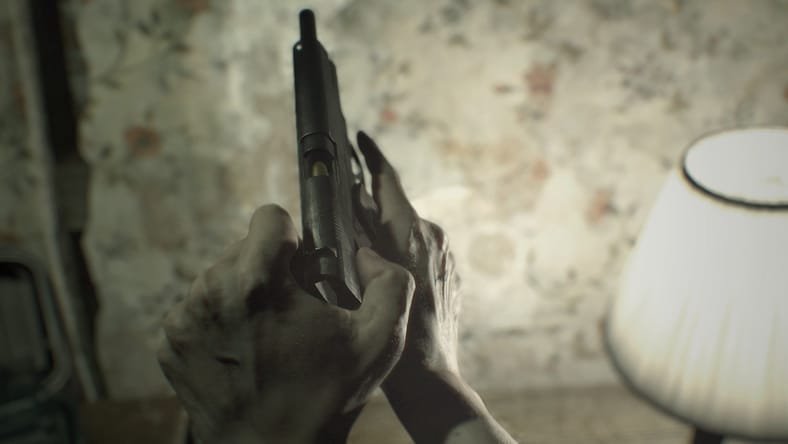
Guns are just as much of a staple of horror games as the monsters at the end of the crosshairs. That’s fitting because in games they often behave in ways just as fictional as the beasts you’re supposed to be shooting. We’ve spoken elsewhere about how weapons get used – and misused – in horror titles, so here we’re dispelling several common myths that often crop up when lock and loading in digital dread-fests.
4. Guns can’t send someone flying through the air
A slavering monster approaches, fangs dripping, claws raised. A few levels ago, these creatures were the absolute bane of your existence, slicing and dicing your sorry ass while you ineffectually tried to pierce their mutated armor with that peashooter of a starting pistol the game gave you. But now things are different. Now you’ve found the magnum revolver, that .357 powerhouse whose chrome frame and polished walnut grips must have been forged in the very workshop of a god. With one resounding blast, the creature is lifted off its feet, flying down the cramped hallway before smashing against the opposite wall. You saunter on, swaggering smugly past the mess of ichor and bones that was your foe.
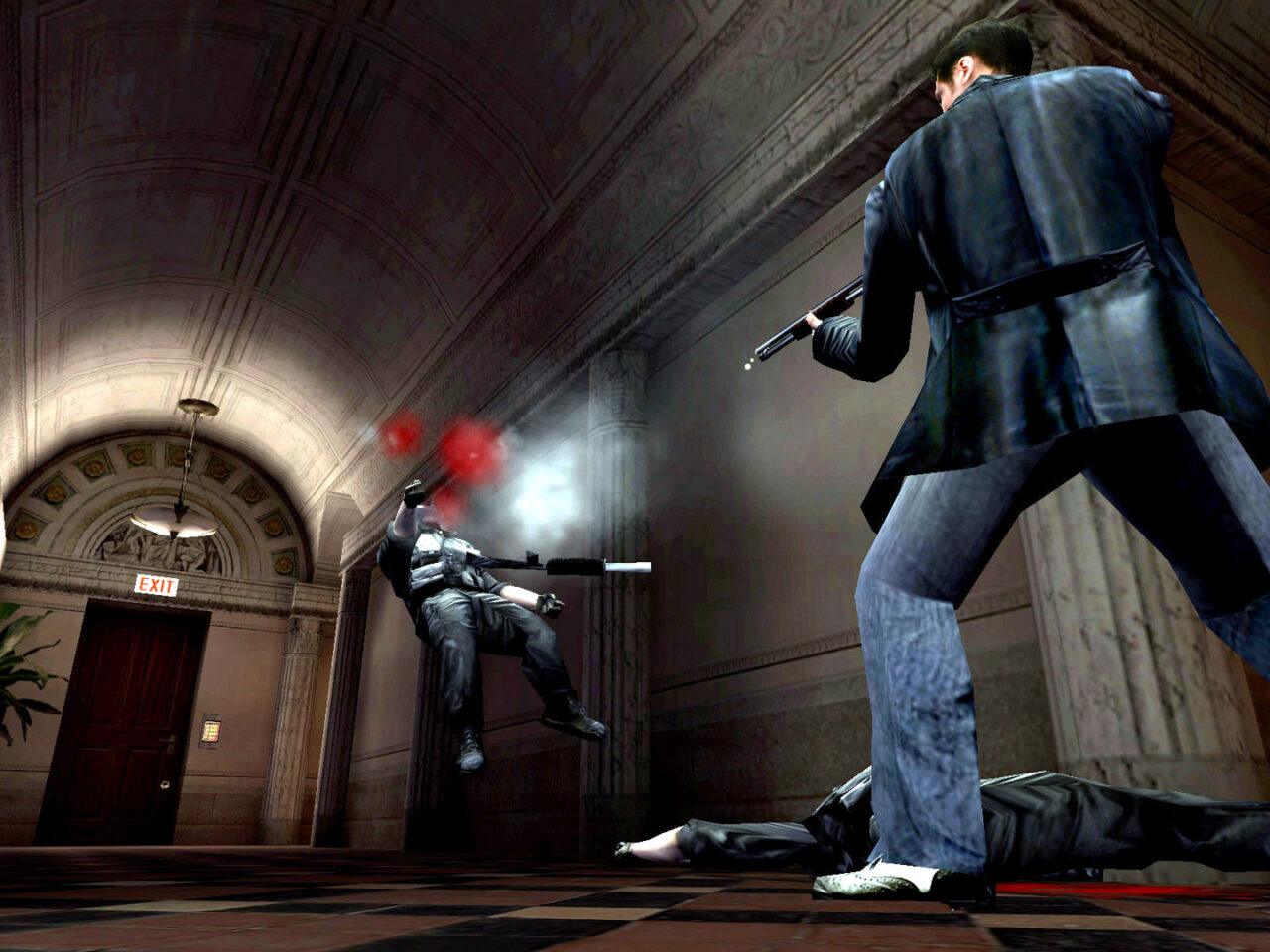
Guns chucking people and creatures around like they’re rag dolls are a thing we’ve seen across the board from Resident Evil to F.E.A.R. to Max Payne. Sadly, it’s pure fantasy. At the end of the day, it all comes down to physics, specifically Newton’s Third Law of Motion. It’s also got something to do with the principle of Conservation of Momentum, although a) I don’t pretend to be smart enough to explain this idea and b) the Third Law is more fun. Focusing on that for a minute, the Third Law is popularly summarised as ‘every action has an equal and opposite reaction’. In the case of guns, this effectively means that any gun powerful enough to knock someone off their feet would have the same effect on the wielder – if you’ve seen J wielding the Noisy Cricket in Men in Black you get the idea.
3. Fuel barrels don’t explode when you shoot them
This feels like heresy just writing it. After all, it’s one of the sacred laws of videogames, right up there with the edict that requires any helicopter to crash when the protagonist is flying in one. Whenever your particular brand of slavering ghoul makes the mistake of wandering too near those bright crimson barrels, the automatic reaction is to shoot and watch both it and the creature light up like the fourth of July. But alas, this too is just an invention of the entertainment industry.
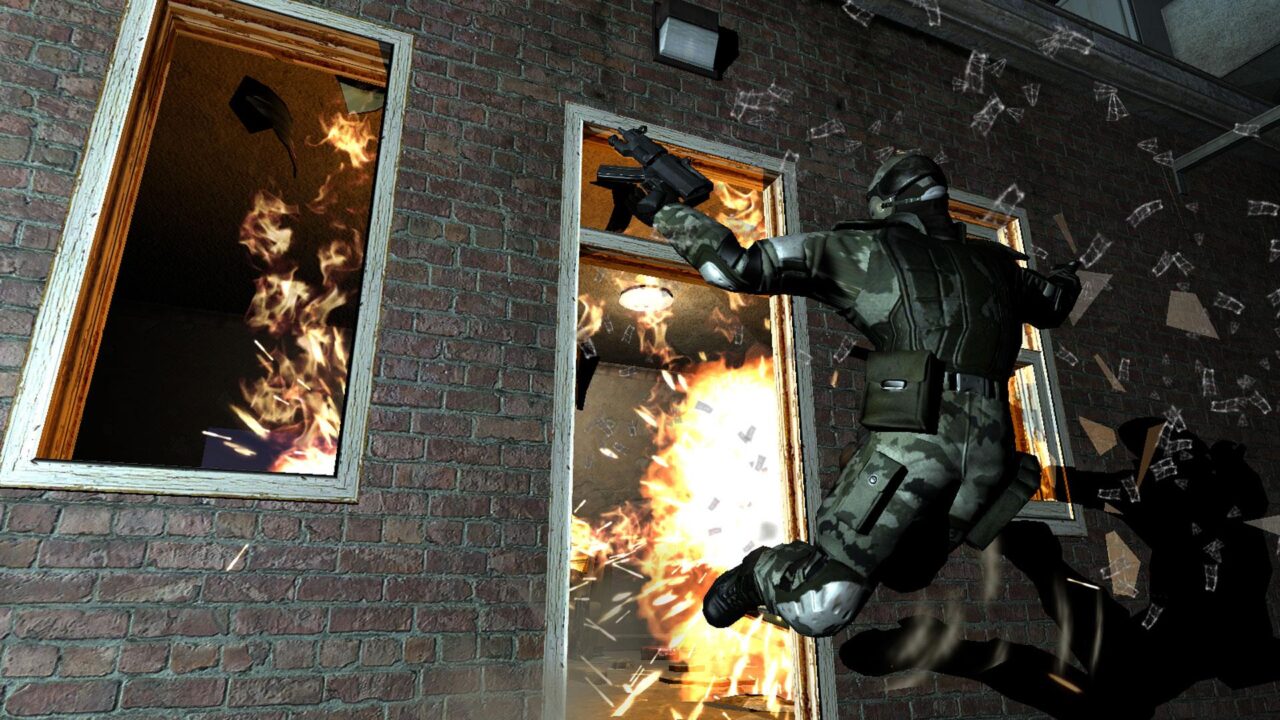
In fact, it’s worth mentioning just how few things do explode when you shoot them. Cars don’t go boom when you shoot them (and don’t provide very good cover from gunfire, either), and are generally much less prone to explosions than games and movies would have you believe. Not even explosives explode when you shoot them, generally speaking. C4 is probably one of the most well-known military explosives; what may be less well recognized is how stubbornly inert it is. Without a special blasting cap, C4 is basically an edgier form of modeling clay; you can set it on fire, shoot it, set it on fire and shoot it, and it still won’t do diddly squat.
2. Shooting without hearing protection is a very, very bad idea
Guns are loud, and I mean LOUD. How loud, you ask? Well, it’s probably good to put things in perspective. Exposure – and especially continued exposure – to sounds over 85 decibels can damage your hearing over time, which is about as loud as a school cafeteria during lunch or heavy traffic in a city. Sounds over this get progressively more dangerous; 110 decibels is about as loud as a rock concert or standing near a jackhammer, 120 decibels is as loud as an ambulance siren, and 140 decibels is equivalent to standing near a jet when it’s taking off. When you’re at that level, you’re into some really dangerous territory; OSHA (that’s the Occupational Safety and Health Administration to all y’all reading this outside the US) states that 140 decibels of sound is loud enough to cause permanent, irreversible damage to your hearing, and forbids continuous exposure to sounds over 115 decibels for more than a quarter of an hour each day.
So how loud are guns? Well, bad news, sonny-Jim, because you’re looking at anywhere from 140 up to 160 decibels for gunshots. And that’s not for crazy powerful rounds like .50 caliber bullets, either; that’s for firearms like 9mm handguns, 12 gauge (that’s 12 bore if you’re in the UK) shotguns or rifles using standard 5.56 NATO rounds. In short, that’s covering your entire standard horror game arsenal. It gets much worse when you move things indoors. There the sound gets reverberated, amplifying the effect on unprotected ears to even more ungodly levels. Even if you are wearing ear protection, it’ll only go so far, as the sound can travel through the bones of the skull.
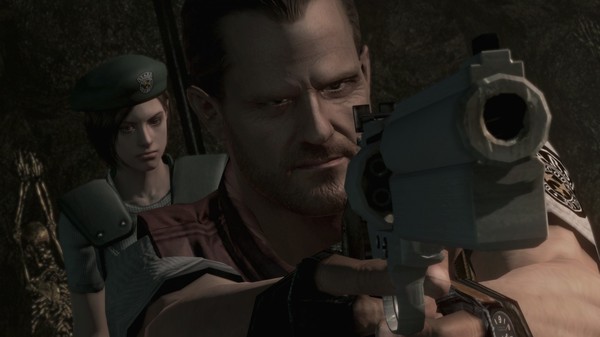
All this may sound a bit fussy, and besides the point for survival horror games. After all, if a monster is shambling towards you with designs on turning your brains into a delicate appetizer, the prospect of getting a bit hard of hearing in your ripe old age may not exactly seem like a pressing concern. But the damage can be much more immediate than a long-term health problem. If the S.T.A.R.S. team went around shooting off their arsenal in the Spencer mansion in real life minus ear protection (and even then it’s dicey) things would go wrong very quickly. One crack from Barry’s magnum in a narrow corridor would be enough to cause immediate (and again, possibly permanent) hearing loss, outright deafness and/ or tinnitus, with disorientation, nausea, and pain all added into the mix for a bit of spice. On the other hand, perhaps the fact that the characters are all supposed to be half-deafened, stunned, and disorientated would explain why the voice acting was so bad.
1. Shotguns can’t cause head explosions
I actually had to check in with a mortuary assistant buddy of mine about this one, but no, even at close range shotguns cannot cause the famous ‘brainsplosion’ that zombie-slayers the world over have come to know and love. Make no mistake, a shotgun at close range will do some very nasty damage, but the human body is generally much harder to dismember than videogames give it credit for. On the other hand, if the enemy you’re encountering is completely non-human, then it’s pretty much open season on how their physiology will respond to gunfire.
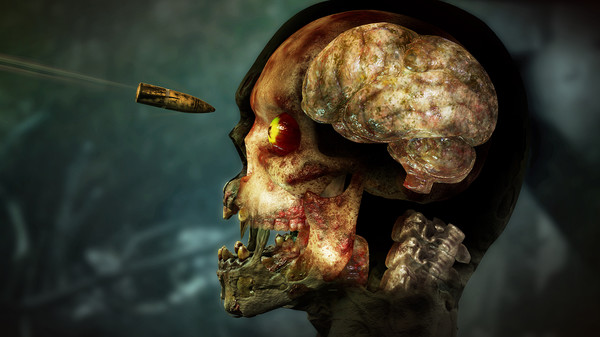
Categorized:Editorials

